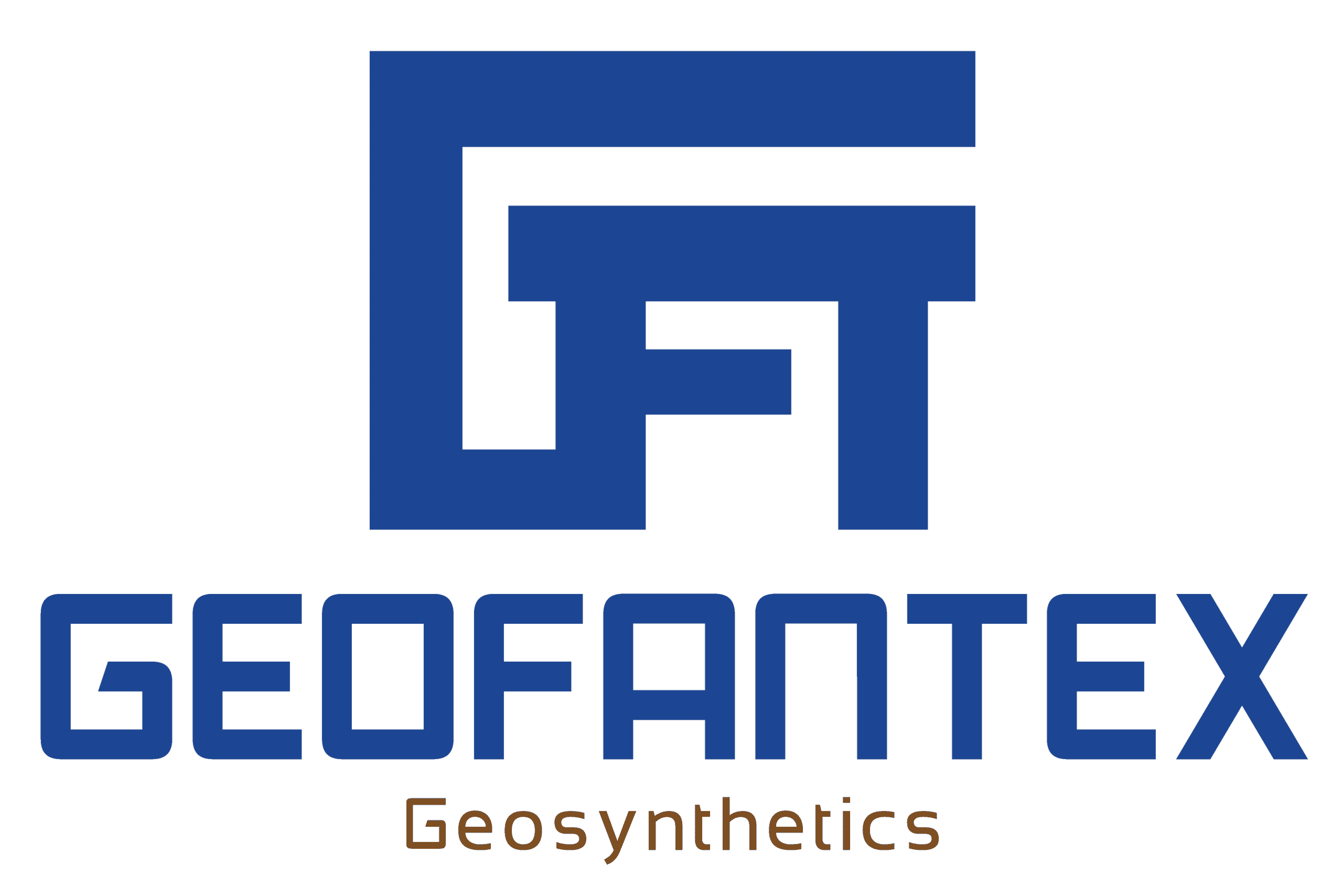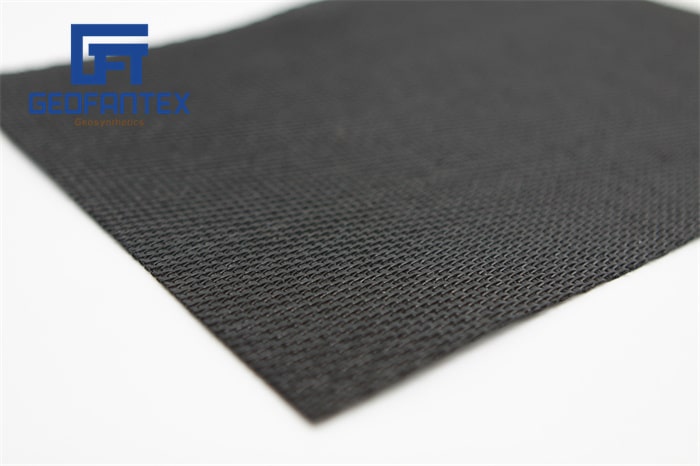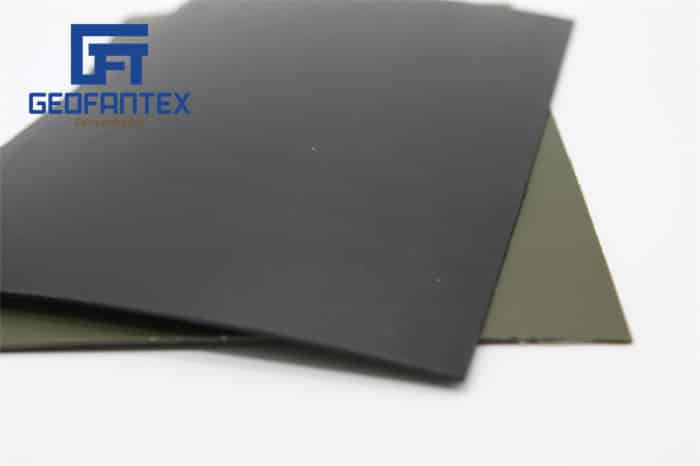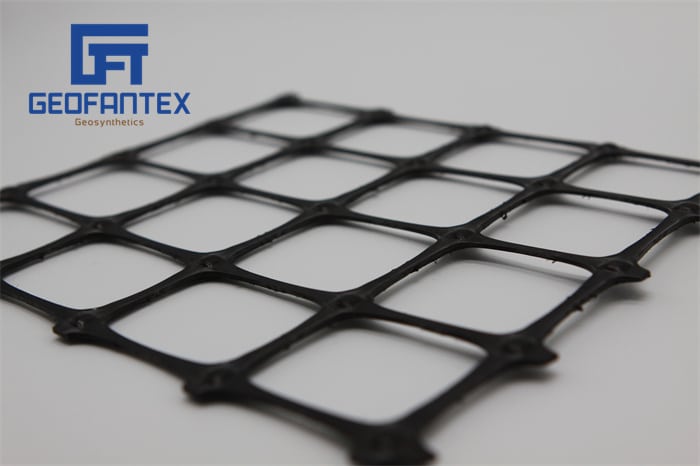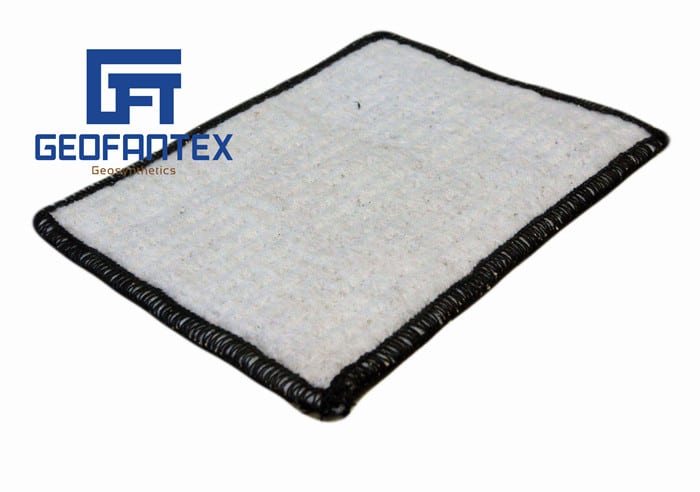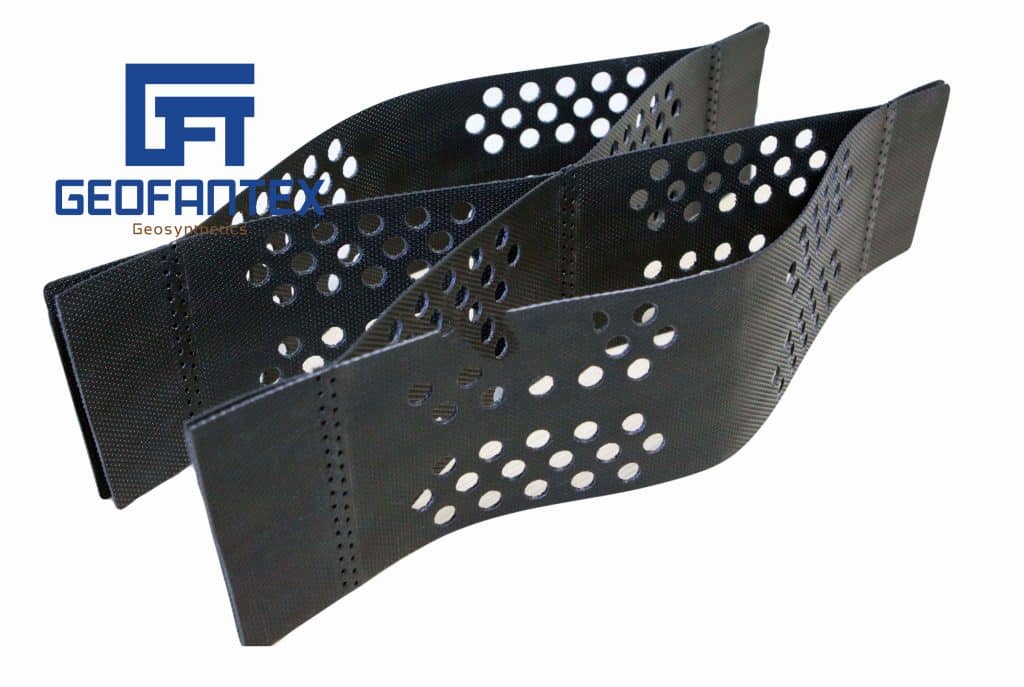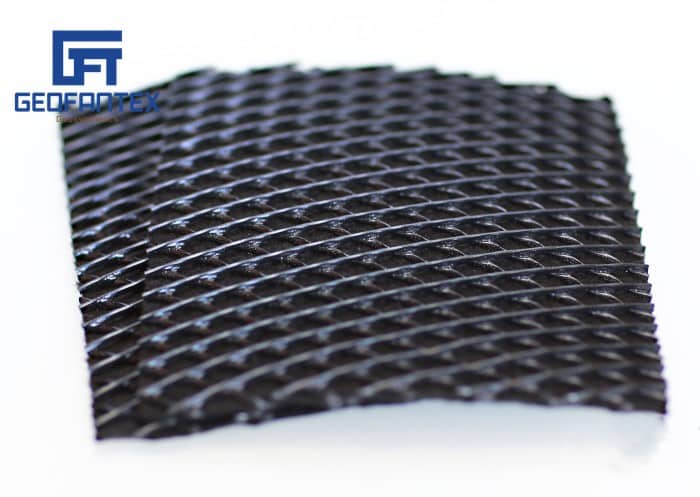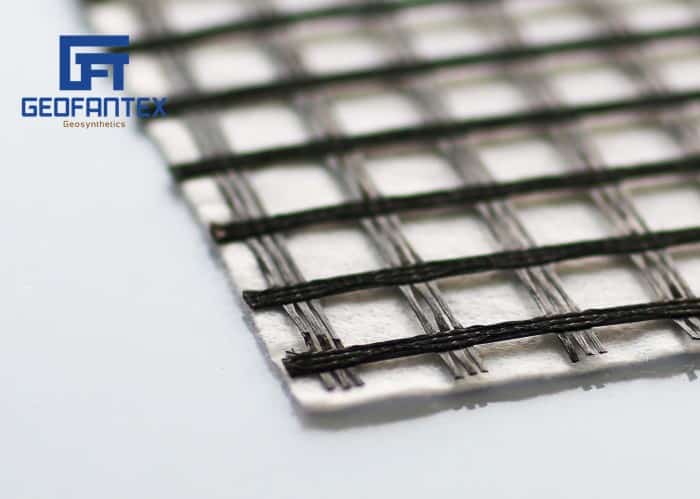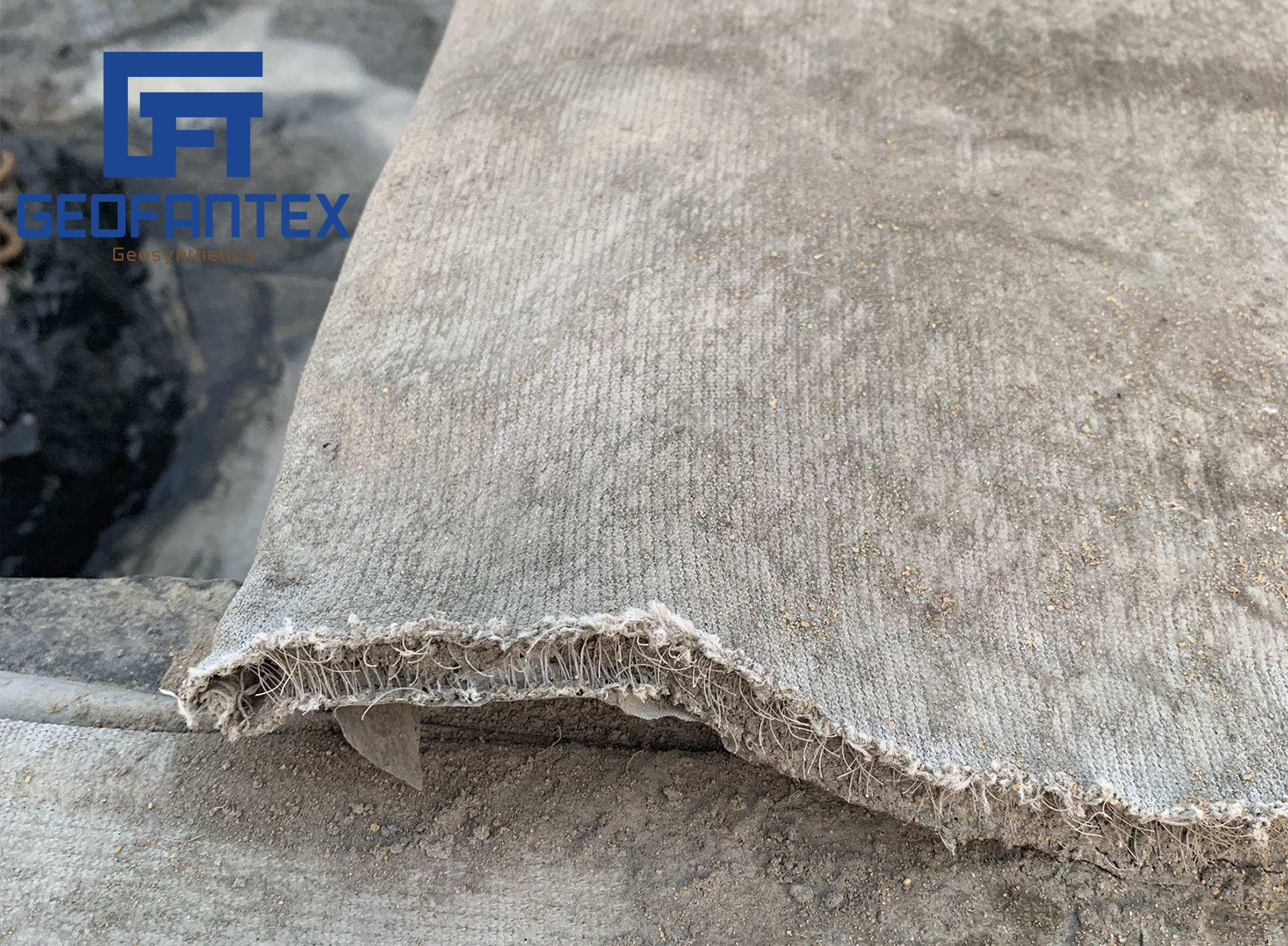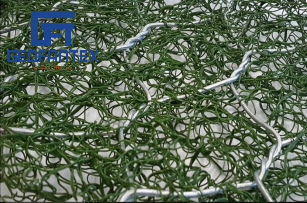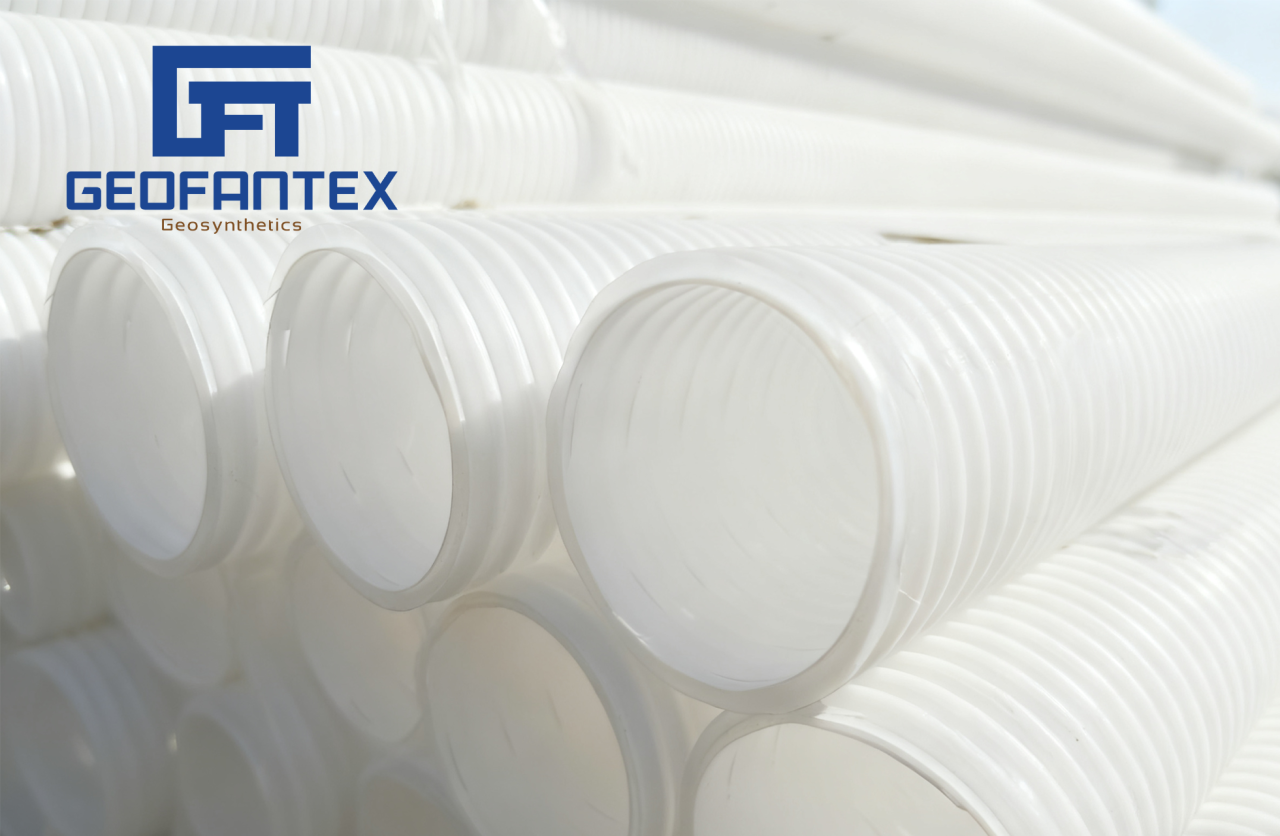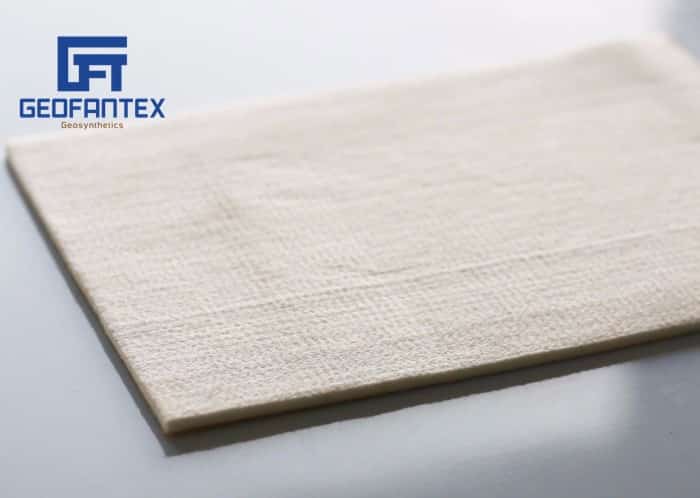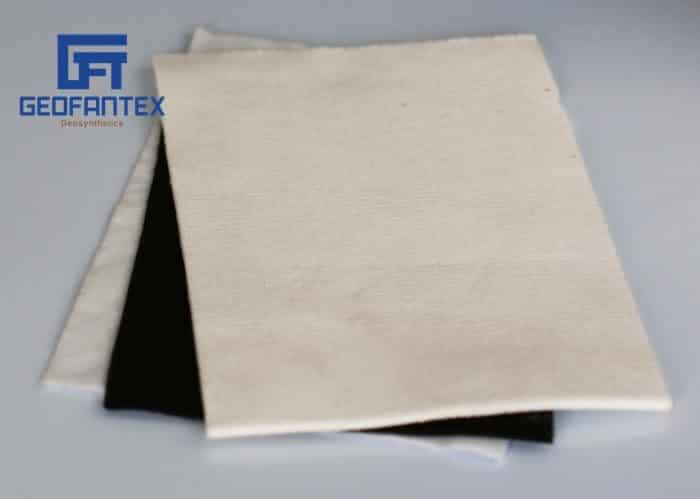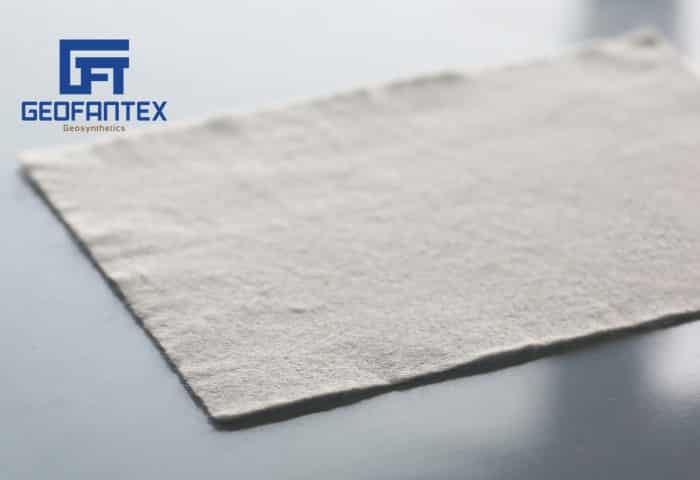+86-159 9860 6917
info@geofantex.com
geofantex@gmail.com
+86-400-8266163-44899
Geocomposite drainage solutions, a geosynthetic material that combines filtration and drainage functions, offer efficient water management capabilities for various applications. Whether you’re dealing with landscaping projects, civil engineering, or environmental remediation, understanding how geocomposite drainage works can significantly improve project outcomes.
What is Geocomposite Drainage?
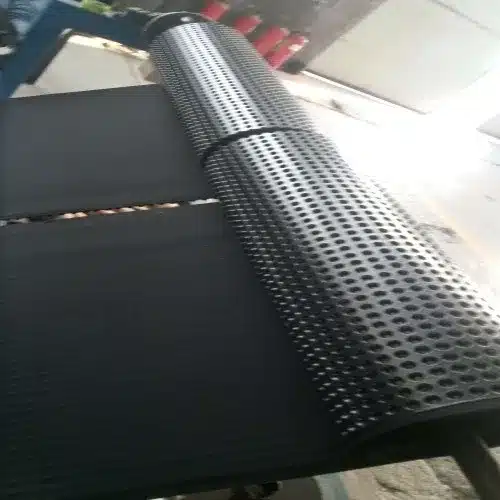
Geocomposite drainage is a type of engineered material that combines different geosynthetic components—typically a drainage core (such as a geonet or geospacer) with geotextile filters—to manage water flow in civil engineering and construction projects.
Here’s a simple breakdown:
- Structure:
It usually consists of a drainage layer (like a geonet or plastic core) sandwiched between one or two geotextile fabrics that act as filters. - Function:
The geotextiles allow water to pass through while blocking soil particles, and the core provides a path for the water to drain away efficiently. - Applications:
Used behind retaining walls, under roads, in landfills, green roofs, and foundation systems to control groundwater, prevent hydrostatic pressure, and protect structural integrity. - Benefits:
Lightweight, easy to install, and more efficient than traditional gravel drainage systems.
In short, geocomposite drainage systems offer a modern, effective solution for managing subsurface water in a wide range of infrastructure projects.
Where Can Geocomposite Drainage Systems Be Applied?
Geocomposite drainage systems are versatile and widely used in civil engineering and environmental projects. They combine geotextiles and drainage cores to manage water flow efficiently. Common application areas include:
- Retaining Walls and Bridge Abutments: Placed behind structures to relieve hydrostatic pressure by channeling water away from the wall.
- Roads and Highways: Installed under pavement layers to prevent water accumulation, which can weaken the subgrade and cause cracking.
- Landfills and Waste Containment Sites: Used in leachate collection systems and cap drainage layers to protect the environment.
- Tunnels and Underground Structures: Manage groundwater and prevent seepage into concrete structures.
- Green Roofs: Help manage stormwater and support plant health by providing consistent drainage.
- Basements and Foundations: Installed around foundation walls to keep structures dry and protect against water infiltration.
- Sports Fields and Golf Courses: Ensure fast drainage to maintain playability and prevent waterlogging.
These systems offer efficient drainage performance while being lightweight, easy to install, and cost-effective compared to traditional gravel-based drainage solutions.
What are the Benefits of Using Geocomposite Drainage?
The benefits of geocomposite drainage include enhanced drainage efficiency, reduced soil erosion, and improved environmental sustainability. These systems are also cost-effective, offering long-term benefits for diverse engineering and environmental projects.
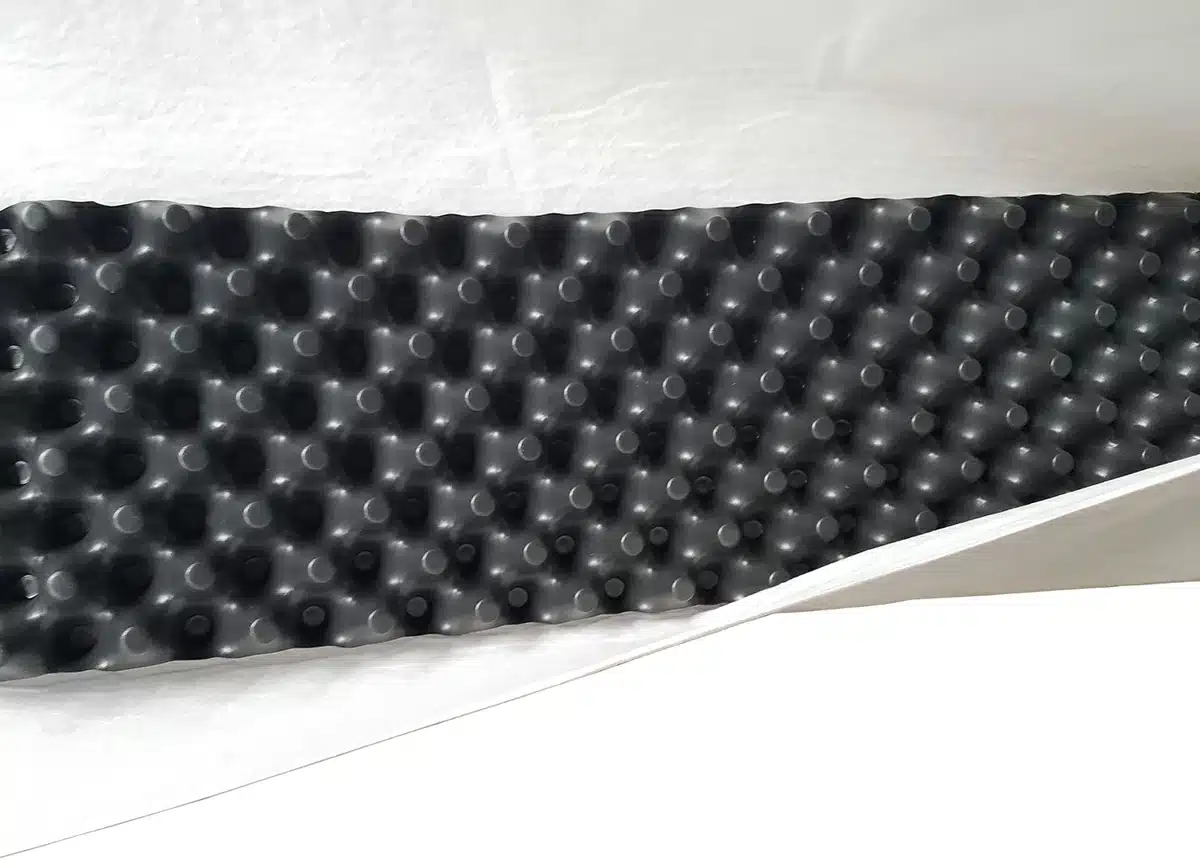
How to Choose the Right Geocomposite Drainage System?
Selecting the appropriate geocomposite drainage system depends on factors such as project specifications, soil characteristics, and desired drainage performance. Consulting with experts ensures you choose a system that meets your project’s unique requirements and ensures optimal performance.
This structured article follows the SQA format while addressing key aspects related to geocomposite drainage, ensuring it’s informative and optimized for search engines.
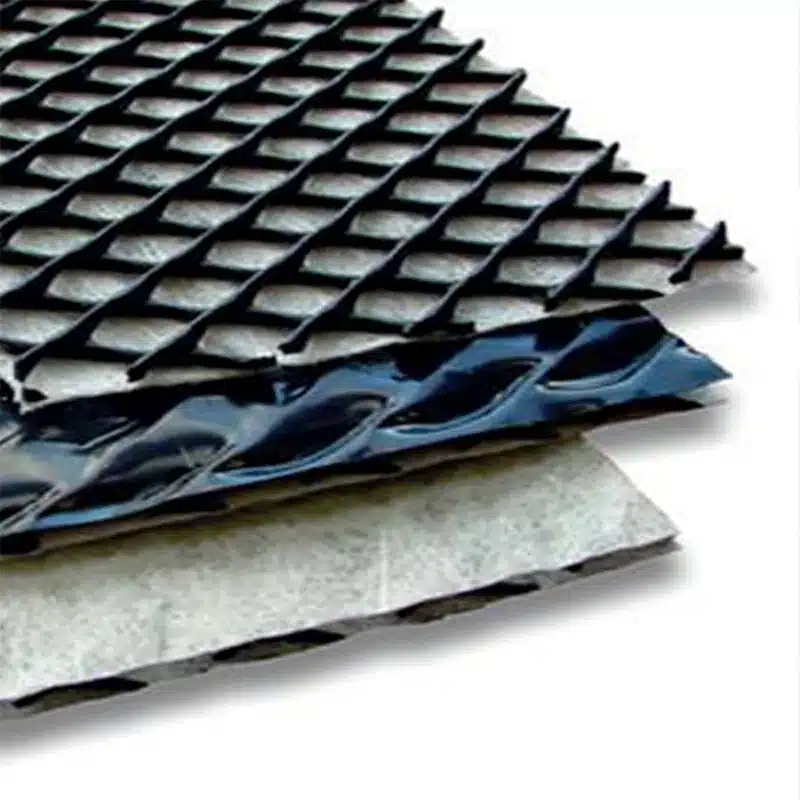
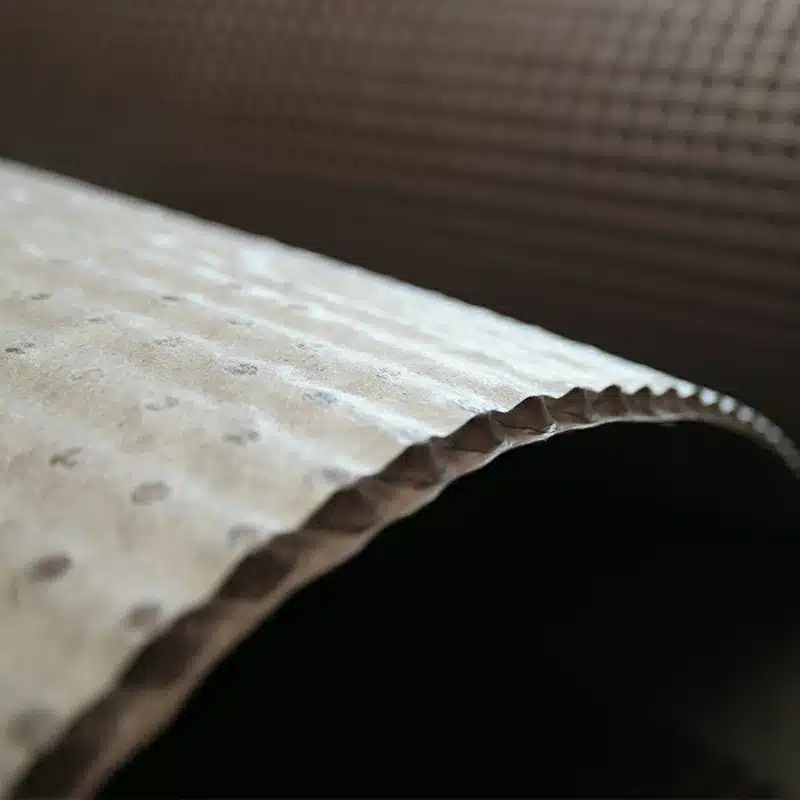
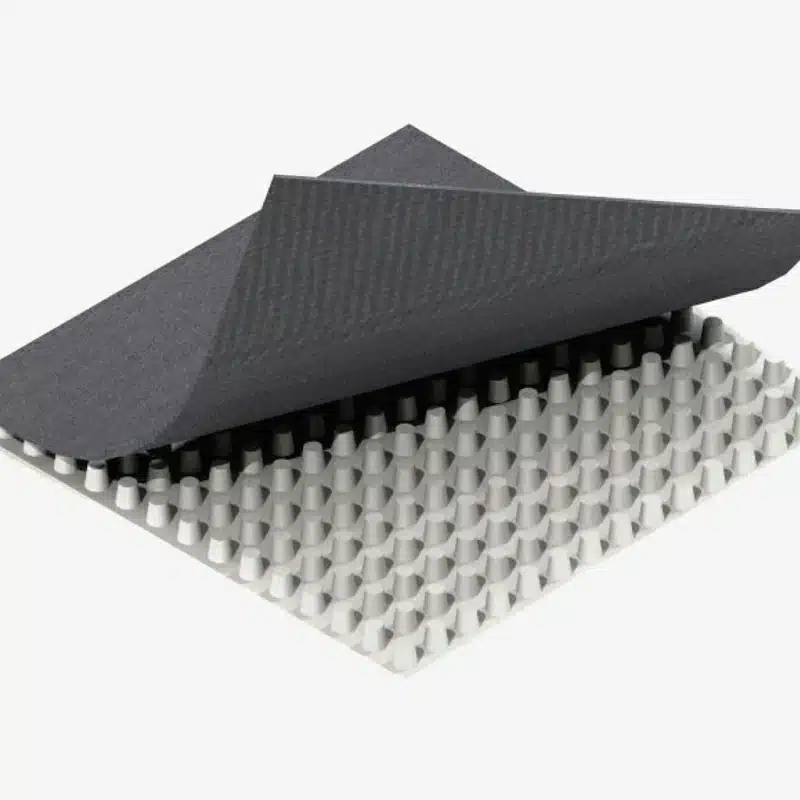
Get Free Sample
We’ll respond as soon as possible(within 12 hours)
